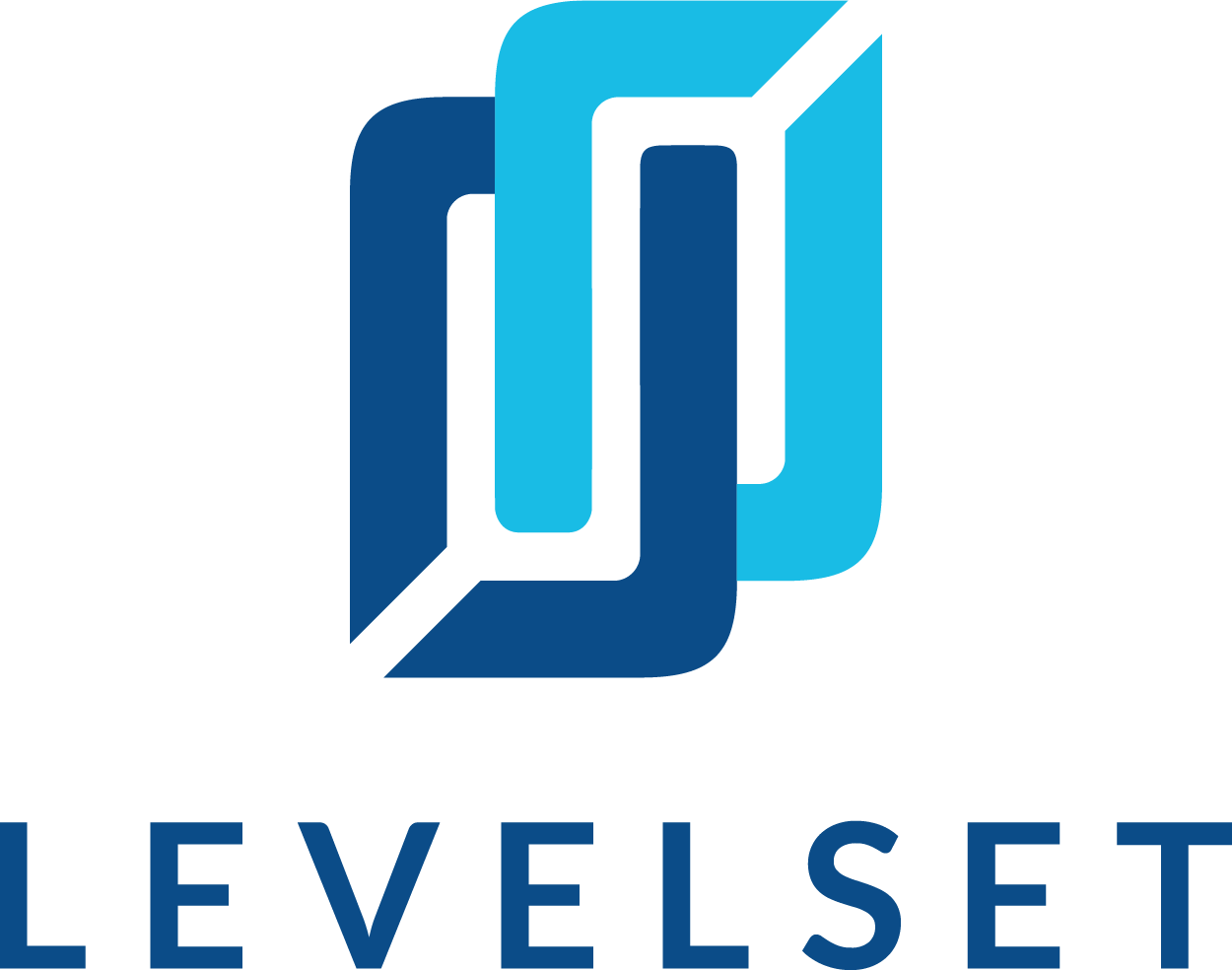
Every construction project is different, so it doesn’t make sense to approach all jobs the same way. Depending on the goals of the owner, different project delivery methods may be in order. One of the most basic project delivery methods is the Design-Bid-Build method (also known as “D/B/B”). While this may be Construction 101 material for many of you reading this, it never hurts to recap the basics.
So with that being said, let’s take a look at the Design-Bid-Build project delivery method.
What is the “Design-Bid-Build” Project Delivery Method?
As mentioned above, Design-Bid-Build is the most traditional — and most common — project delivery method. On design-bid-build jobs, the owner contracts separately with a designer/architect and a contractor. Once the designer completes the design documents, the owner then looks for bids from contractors to perform the work.
Since the designer and the contractor have not contracted together at all (and have no obligation to one another), the owner is the one who bears all of the risk when it comes to providing complete design documents to the contractors.
While this method is less collaborative than others, it is still the preferred method for many owners.
The conventional wisdom here is that design-bid-build is the project delivery method to most likely result in the lowest total construction costs since there will be a bidding competition for the construction phase of the project.
What’s the Opposite of D/B/B? Let’s Talk Integrated Project Delivery.
Potential Risks with Design-Bid-Build
But DBB does come with some potential risks that have caused owners to switch to alternative project delivery methods. These risks include:
- The owner uses a good amount of project funds in the design phase, before getting a firm price on the actual construction phase
- The owner is potentially vulnerable to change orders, delays, and additional costs initiated by the contractor
- The construction process does not begin until all of the design plans are finalized. This can add more time to the overall completion of the project
- Because the general contractor isn’t normally on board early in the process, they aren’t able to give feedback during the design process
The D/B/B method is a good choice for owners who don’t have a background in construction projects since the process is very linear. Each phase of the project is distinct from one another — it’s a lot like “divide and conquer.”
Thus, it will likely be easier for an owner without construction expertise to follow this method. Plus, owners will still have more control over the design and construction process than they would in other methods.
What can a Contractor, Sub, or Supplier expect with D/B/B?
As mentioned earlier in this post, design-bid-build projects are the most common project delivery method. That means pretty much every contractor, sub, and supplier has experience on these jobs. But you know what else pretty much everyone in the industry has experienced? The answer to that question is payment disputes.
Because so many individual companies are working on the job, some communication issues may arise. Specifically, a lack of payment chain visibility (resulting from poor communication, or no communication at all) can lead to payment disputes – and we all know how common these are on construction jobs. Even when a dispute hasn’t occurred, a longer payment chain means that payments will move more slowly.
When there are many parties present on a job, the best way to clear up the payment chain is to utilize preliminary notices and Project Awareness Letters. Both documents establish the sender’s presence on the project, and recipients can gain a better understanding of who all is performing work on the job.

